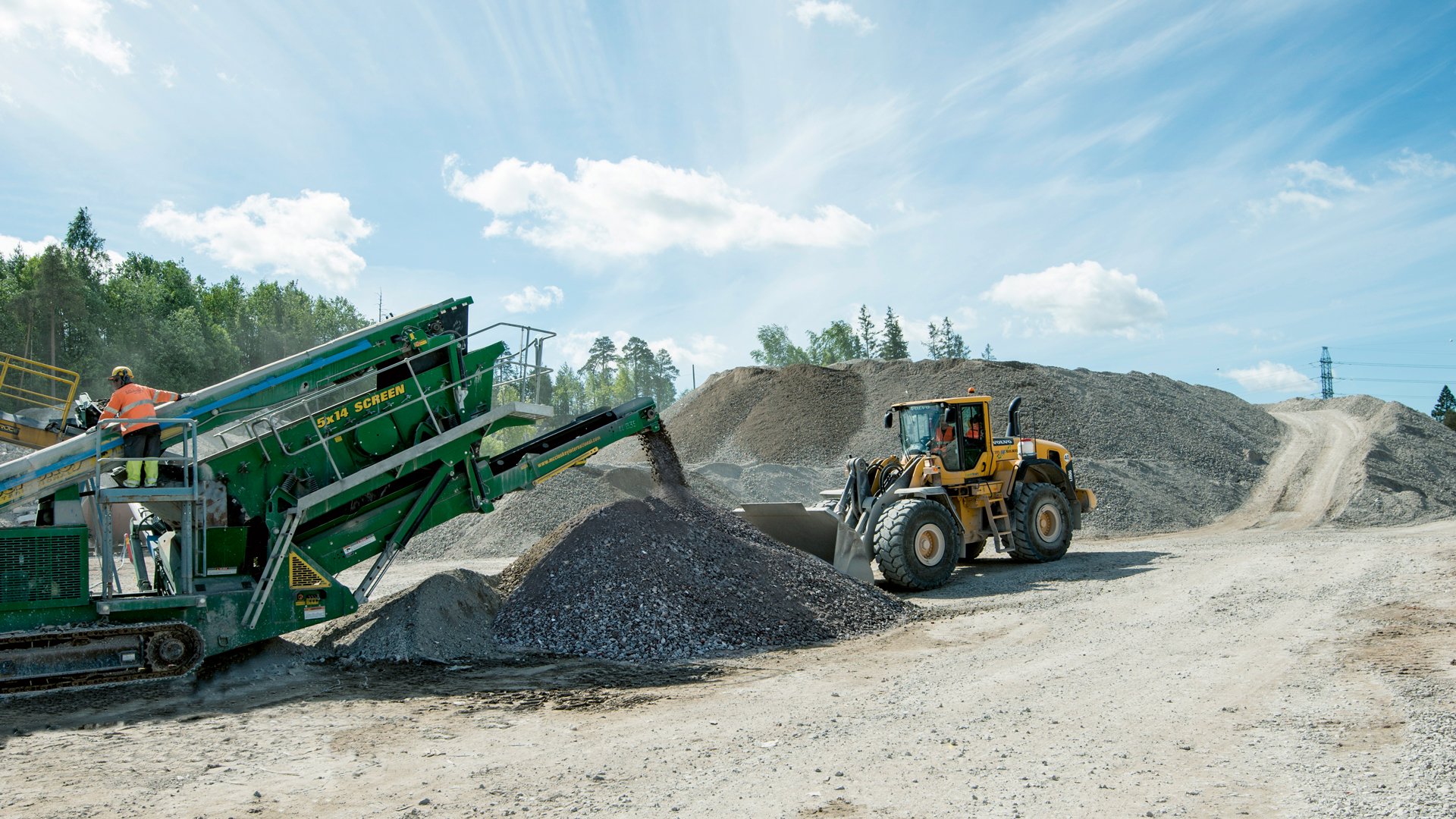In English | ISSUE 3/2024
The hidden power of recycled concrete to take on climate change

The CO₂ncrete Solution project investigated novel solutions for concrete to work as a carbon sink and storage.
The carbonation of concrete has been known as a phenomenon for a long time but is still somewhat unknown in general – especially when it comes to climate change. The CO2ncrete Solution sub-project, coordinated by RTT, and part of the CANEMURE-project by EU’s Lifeprogram, focused on the carbon sequestration capacity of concrete structures and recycled concrete.
Accurate statistic on Finland’s concrete stock
The project was begun in 2018 by mapping previous studies on the carbon sequestration of concrete and associated calculation methods. The recycling phase of concrete has been identified in several studies as an essential phase of carbon sequestration, but computation has remained very theoretical and light due to the lack of better research data.
An accurate statistic on the Finnish built environment enabled the modeling of the Finnish concrete stock on a previously unseen level. Forecon Oy analyzed the built environment according to different building types and structures typical of each decade to determine the amounts and environments of concrete in Finland. Data from the analysis was used to calculate the carbon storage and sink of the Finnish concrete stock.
As a result, Finland’s concrete stock permanently binds approximately 3.8 million tons of carbon dioxide. The figure is growing every year, meaning the carbon sink of the concrete stock is approximately 56 000 tons of CO2 per year.
Measuring carbonation conditions inside masses of crushed concrete
In the autumn of 2021, a research environment was built in Topinoja, Turku, where the conditions of carbonation in a pile of crushed concrete were studied. Simple procedures to enhance carbonation conditions were carried out to optimize carbon sequestration.
“The sheltering affects the internal moisture of the concrete, which has a significant impact on the progress of carbonation. By removing the finer material from the crushed concrete, the aim was to improve air circulation in the pile for more concrete surfaces to be in contact with air,” Project Manager Tommi Kekkonen explains.
The studies revealed that the air clearly circulated efficiently in the screened piles and the CO2 concentrations measured at all depths were close to the reference value. Once the finer material had been screened out, practically all particles were in contact with air and thus in optimal conditions for carbon sequestration.
“By manipulating the particle distribution of crushed concrete in a large mass, it is possible to influence the internal conditions of the pile and thus promote carbonation. Even in conventional crushed concrete, where the entire particle distribution is present, CO2 is clearly present even in the deeper layers of the mass, although carbonation is slower,” Kekkonen sums up.
Other uses of crushed concrete are being investigated
The CO₂ncrete Solution project revealed that in Finland, approximately 7% of the cement industry’s emissions are sequestered annually into the building stock. About 4 Mt of CO2 is permanently stored in Finland’s existing concrete stock. In this respect, the study challenges the notion of concrete as a “climate villain” and brings a new perspective to the discussion on the environmental impacts of concrete construction.
Based on the results obtained, questions have arisen about how crushed concrete could be utilized in other ways apart from conventional land construction applications.
One example is the use of material recycled from a concrete building as crushed concrete for soil improvement. Åbo Akademi is already conducting a follow-up study to investigate the use of crushed concrete fine matter for soil neutralization and stabilization.
A more extensive article about the study will be published in October in Betoni Magazine No. 3/2024.
Link tip:
Read more about the project https://concretesolution.fi/




